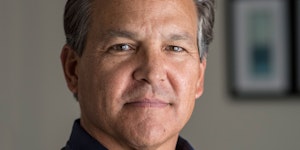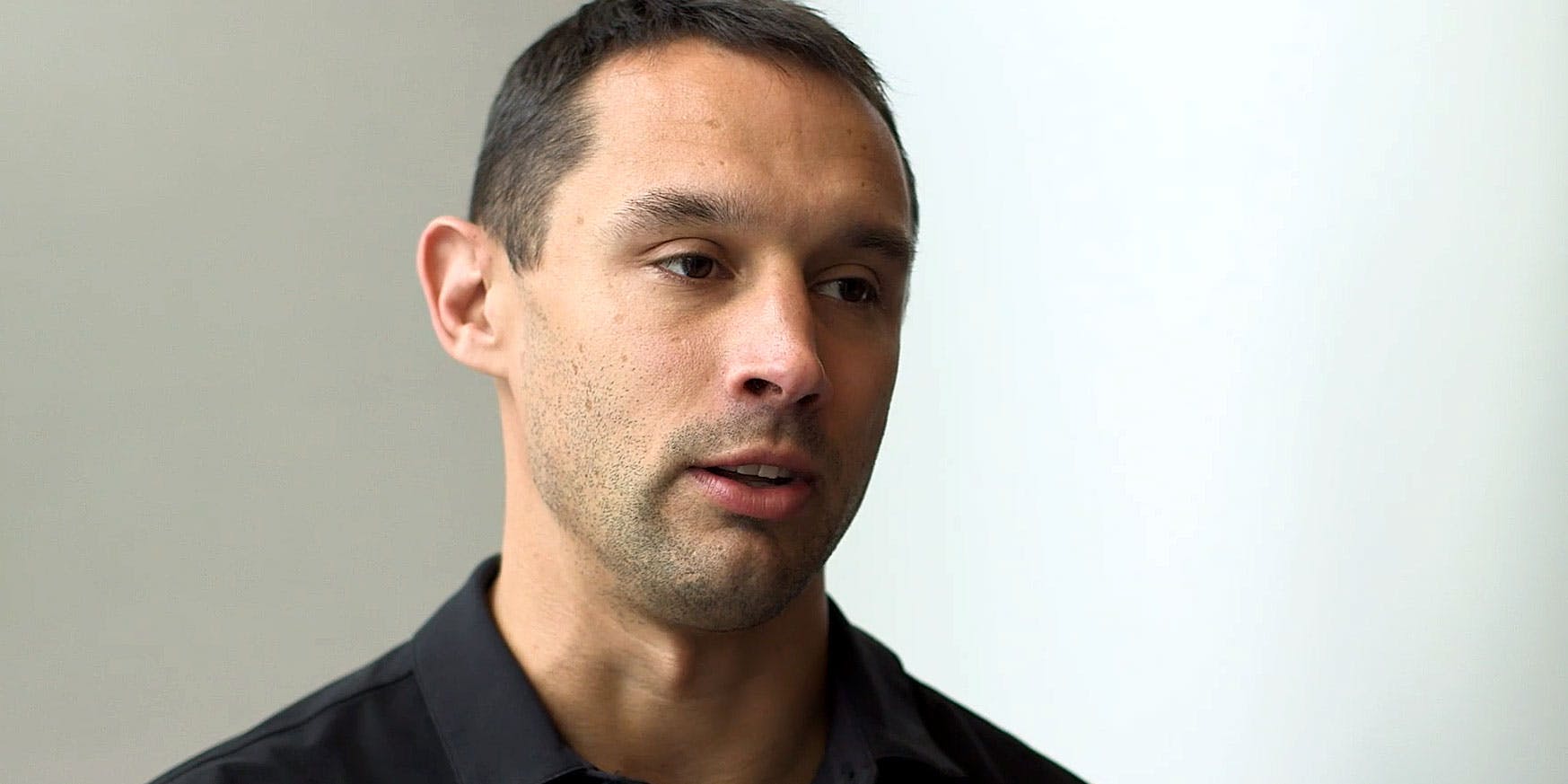
Jonno Boyer-Dry (Photo by Dana Lavoie)
Cannabis Gave These Cancer Patients Their Lives Back
Cancer patients are sharing their stories to push back on the stigma surrounding the use of cannabis as an adjunct treatment. Many patients and experts believe that clinical trials on the efficacy of medical marijuana as an adjunct cancer treatment need to move faster. Patients are suffering in the interim.
When Jonno Boyer-Dry was diagnosed with Hodgkin’s Lymphoma in 2014, he says it felt like he was the first patient to ever be diagnosed with cancer. He’d had a severe cough for four months, waking up in bed to feel like he was “drowning” as he gasped for air. His doctor gave him antibiotics and told him he had nothing to worry about—that he could, as planned, fly across the country to propose to his soon-to-be-wife on a mountaintop in the Adirondacks. He was wrong.
Boyer-Dry, 28 at the time, got back from his trip, ready to start his new life: he and his girlfriend had just graduated UPenn Law and moved across the country to Los Angeles for new jobs. But his cough persisted. He soon found out he had Stage 4 cancer, after another misdiagnosis in which a pulmonologist told him he did, in fact, have cancer but it was definitely “early stage.”
“It was like I was ready to jump into adulthood and then got hit by a truck,” recalls Boyer-Dry. “When I found out my gut sank, my heart dropped, it’s like when you find out someone unexpectedly dies.”
Shortly thereafter, Boyer-Dry began six months of chemotherapy: going in for treatments every two weeks which left him feeling like he had “the worst flu you can possibly imagine.” Nausea prevented him from eating. He was exhausted but had anxiety that prevented him from falling asleep. And his muscles cramped often, leaving him in unbearable pain.
Cannabis got him through: giving him an appetite—without constipating him like his anti-nausea meds—and calming him—so he could just sleep through the worst parts of his recovery. But at a time when he was already trying to navigate his treatment, cannabis also became one more thing he had to “figure out.” While his oncologist was supportive of cannabis, he didn’t know much about strains or products and the first budtenders Boyer-Dry saw weren’t much help either, often seeming “pretty high” and even giving him advice like “CBD will cure your cancer.”
This is a common story among the 12.7 million people who are diagnosed with cancer each year. They have to be their own advocates with their insurance companies and with their doctors at a time when they’re fighting to live. After hearing stories from other survivors about the wonders of cannabis to help with the symptoms of chemotherapy and radiation, they want to try it but have little resources to figure out how.

After Boyer-Dry’s first chemotherapy treatment, he went to a dispensary in Los Angeles where he says he was made to feel like he was “doing something wrong.” This experience is becoming less frequent as more dispensaries designed like high-end retail shops open in regulated markets, but this was a problem—and continues to be—for first-time patients trying to buy cannabis off the black market or from quasi-legal dispensaries which often look like prison cells with industrial bars and no street signs.
Boyer-Dry was told by the first budtender he saw to take one dose of an Indica tincture with 30 milligrams of THC, the psychoactive component of cannabis. (A standard dose is 10 milligrams and even half of that can make someone new to cannabis feel high.)
After an hour, Boyer-Dry didn’t feel much and so he, admittedly, made a “rookie” mistake and took about another 20 milligrams. Soon, the room was spinning, he felt incredibly nauseous, and there was nothing he could do but wait it out.
After trying about five to 10 different products, Boyer-Dry eventually figured out what worked for him, alternating between Kiva chocolates, infused lemonade, and high-quality THC-CBD capsules to help him get through chemotherapy. But “it was a very bumpy road,” he says. “It was trial and error. I just had to figure out what made feel good and what didn’t.”
Boyer-Dry is not alone. It’s common knowledge that cancer patients have used cannabis as a way to quell the violent symptoms associated with chemotherapy and radiation for decades. And yet, hardly anything is actually known about cannabis for cancer other than the success stories shared by patients.
“We’re in the infancy of this industry in terms of where we are and the information we need to understand the cannabis plant,” says Stephen Gardner, Chief Marketing Officer of medical cannabis company Tikun Olam.
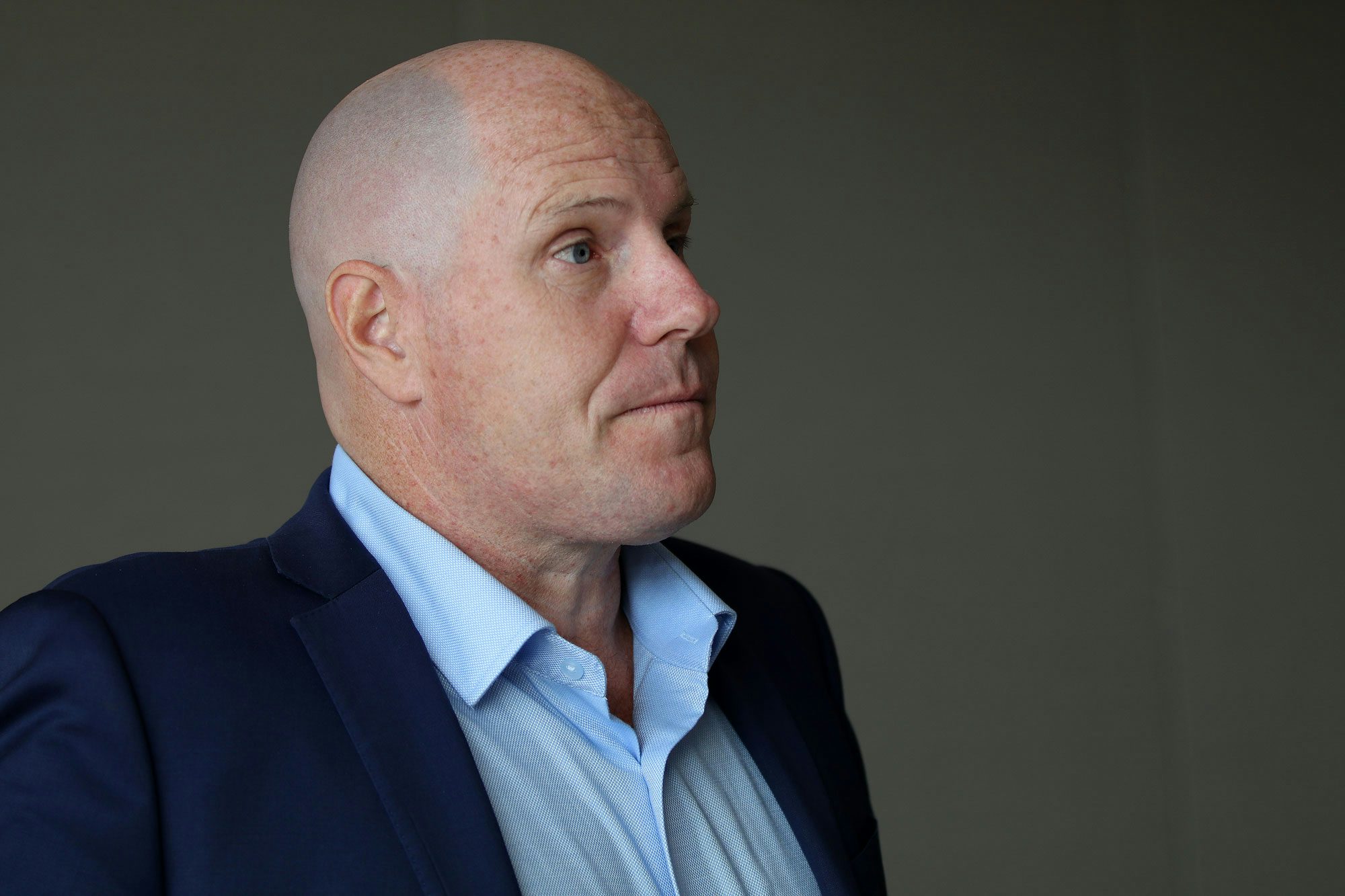
The Future Of Medical Cannabis For Cancer Patients
Last month, Gardner participated in the first-ever panel seeking to bridge the cannabis industry and the world of oncology at Stupid Cancer’s CancerCon, an annual conference for young adults with cancer. He, along with other cannabis experts, spoke to an audience of about 150 cancer survivors, many of whom shared stories like Boyer-Dry’s. They were unexpectedly diagnosed with cancer in their teens and twenties and amid dizziness, constipation, and other side effects from prescription pain meds decided to try cannabis.
The stories of transformation are remarkable—but there’s little rigorous data supporting them. Tikun Olam, which researches and treats patients with cannabis in Israel, only recently took what Gardner describes as “the first step” towards investigating these stories.
Their researchers surveyed nearly 3000 cancer patients who used cannabis between the years of 2015 and 2017. More than 95 percent of them reported that cannabis improved symptoms such as insomnia, pain, nausea, and a lack of appetite. Thirty-six percent reported they quit opioids altogether, a particularly significant finding as more than half of these patients had advanced cancer and reported their pain at an intensity of 8 out of 10. These cancer-specific findings are also supported by a growing body of research showing that opioid overdoses have significantly declined in states with legal cannabis. But Tikun Olam’s data is considered preliminary as it’s from an observational study rather than a double-blind trial designed to account for bias.
Boyer-Dry, now 31, says part of the reason he’s become vocal about his use of cannabis for cancer is that he feels it’s his responsibility to encourage research that will validate his experiences. He stood up at the end of the CancerCon panel—with the conviction of a preacher—to implore his fellow survivors to share their stories too. “There’s one reason I’m not addicted to opioids today—and that’s cannabis,” he told the audience to applause and cheers.
The majority of patients with Hodgkin’s Lymphoma are cured following their first round of chemotherapy, but Boyer-Dry wasn’t in the majority. He found out his first day back full-time at his new job that his condition had gotten significantly worse and that, if he wanted to live, he’d need to go through one of the most intense chemotherapy regimens available: in-patient chemo every three weeks for five days. Following this, he would then need to undergo a stem cell transplant which would wipe out his immune system. And, on top of all of that, he had to sign an agreement before going into surgery that he wouldn’t use cannabis in the hospital to help with the pain or nausea. His doctors were concerned it would be contaminated.
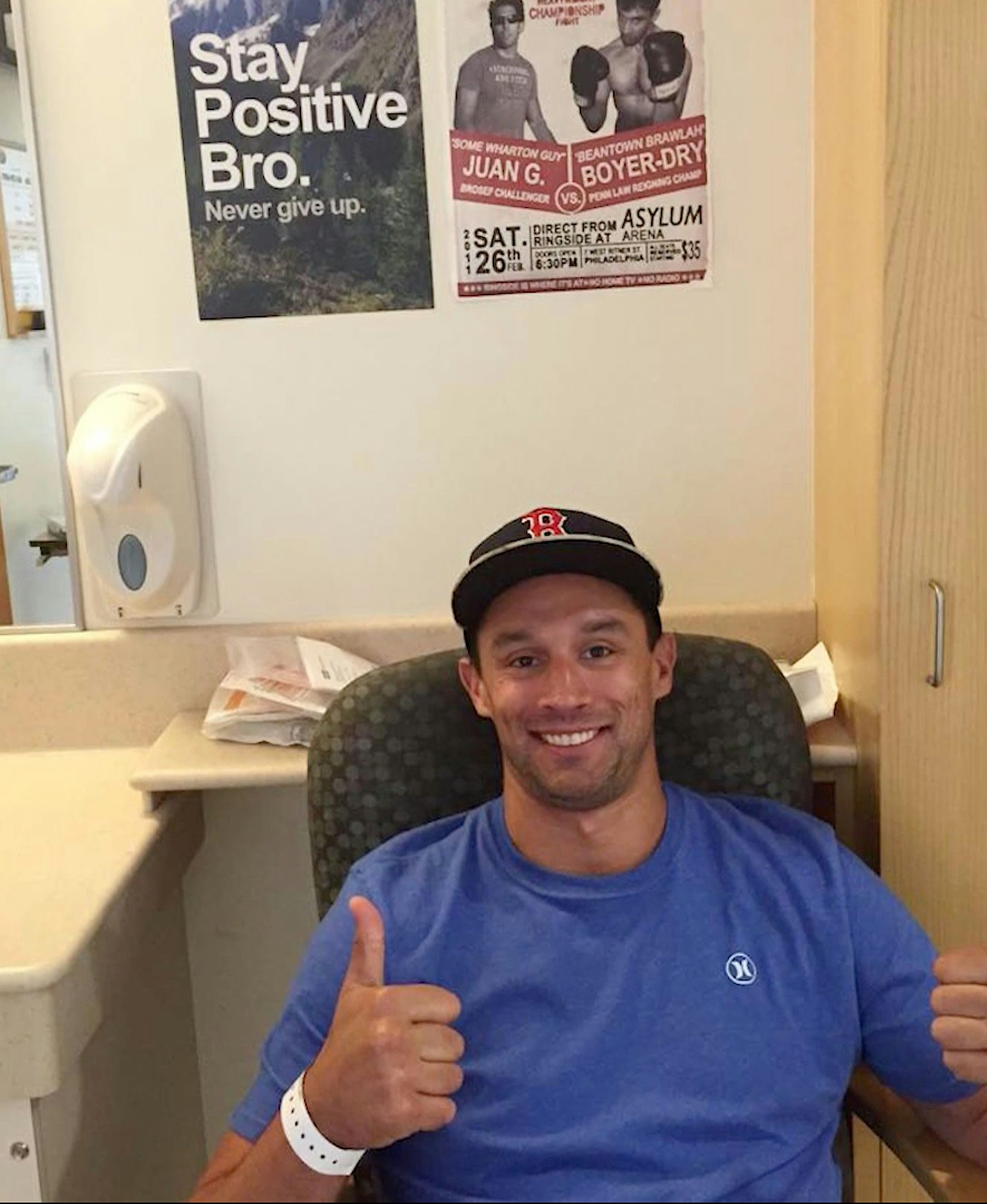
This is a widespread concern among oncologists and cancer patients in both non-legal states—where patients have to get cannabis off the black market—and legal states which have yet to require independent lab testing of cannabis products. Even in California, products untested by the state will remain on shelves until July.
It’s widely accepted among the medical community that cannabis itself cannot be fatal, but pesticides, mold and other contaminants can be for patients who are extremely immune compromised. In a few rare cases, there have actually been deaths among cancer patients attributed to contaminated cannabis.
“They were concerned cause unknown contaminants actually could have killed me,” says Boyer-Dry.
While in the hospital, to cope with what Boyer-Dry describes as “excruciating pain,” the nurses were giving him Marinol—a synthetic marijuana product that’s said to prevent nausea, but has been criticized for being less effective than actual cannabis—and a combination of opioids, which made him chronically tired and loopy. “It was all I had available to me,” he recalls. “And I hated that I didn’t have an option for something else.”
When Boyer-Dry got out of the hospital, he immediately switched back to cannabis and weaned himself off opioids completely. He considers himself one of the lucky ones because he was living in California when he was diagnosed with cancer. But he recognizes that millions of cancer patients are not in his position.
Patients Using Cannabis As An Adjunct Cancer Treatment Are Stigmatized
Medical cannabis is currently legal in 29 states and the District of Columbia. This means that cancer patients in more than 40 percent of the country still don’t have access.
The states which have legalized have a wide-range of processes for getting approved as a marijuana patient, from filling out an online form that generates an immediate recommendation to finding a doctor in a conservative state full of physicians resistant to cannabis. In Illinois, for example, cancer survivor Cristal Ortega says patients not only need cannabis recommendations, but they need their physician to sign a form confirming their diagnosis. She has friends in the cancer community who haven’t even been able to get their oncologists to sign the form saying they have cancer.
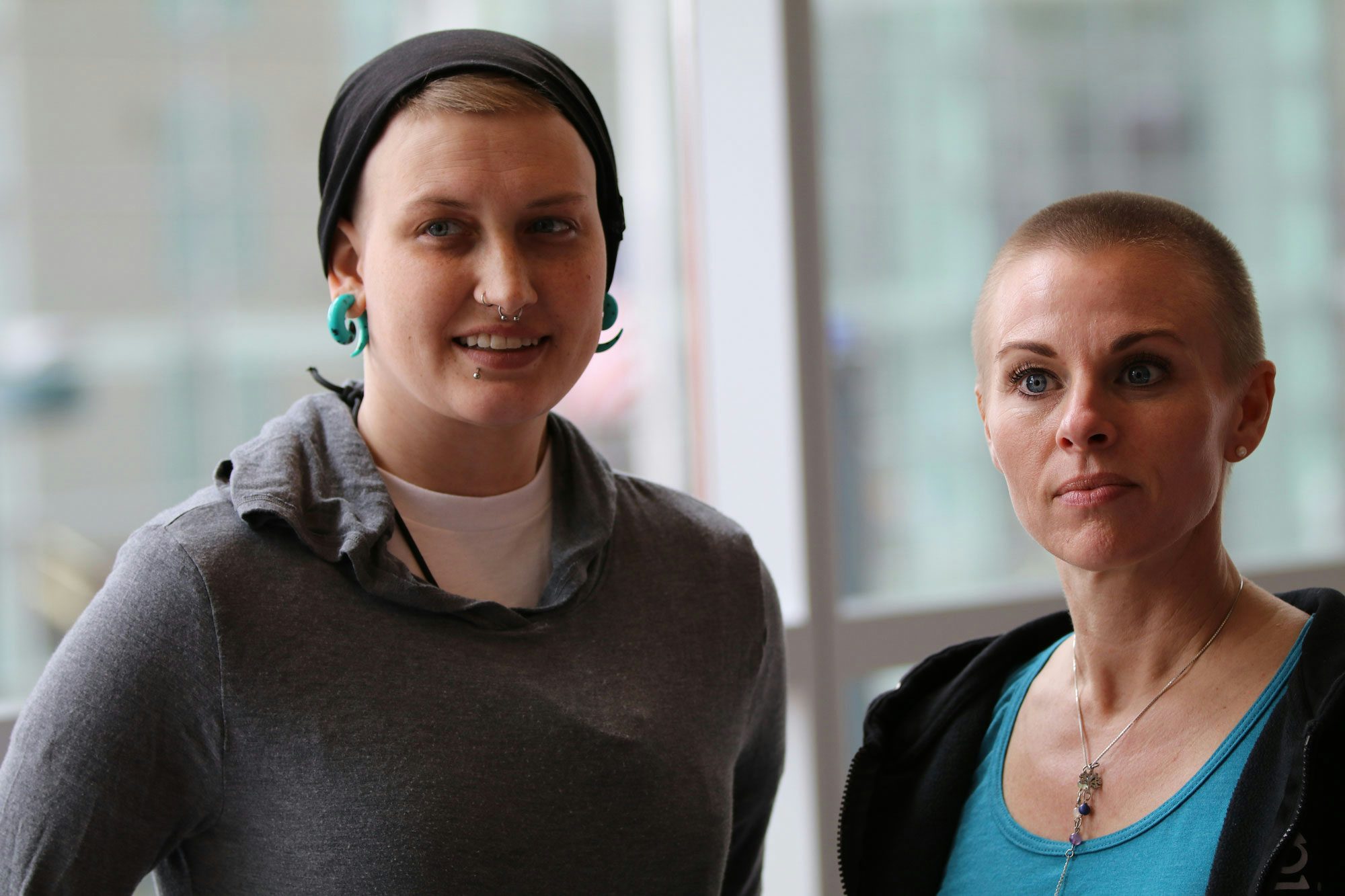
Leslie Baker had a similar experience in Delaware. Her oncologist refused to sign the necessary form to help her gain access to medical cannabis. Ultimately, she was able to get it through her primary care physician, but she continues to face barriers to access with dispensaries in Delaware not always having the products she needs.
These challenges are seemingly insignificant compared to the challenges faced by those who live in states where cannabis is still completely prohibited. Cannabis reform activists, who requested to remain anonymous, tell patients they can likely get away with bringing medical cannabis into their state on an airplane, but the risks are grave.
“I know in many states people are scared that they’re going to be arrested or lose their jobs,” says Boyer-Dry.
Even in states like Oregon and Colorado where recreational weed is legal, there’s no established infrastructure to support patients who want to use cannabis for cancer. Cannabis can easily be purchased in these states at dispensaries, but, as reaffirmed by the experts on the panel, there’s no required training for the employees selling the cannabis. And the selection of products, especially in blossoming legal markets, can be overwhelming, ranging from potent edibles to mild tinctures and topicals said to reduce inflammation.
There are also dozens of strains which budtenders will typically advertise as having different effects from creativity to relaxation, but there’s little data supporting these claims. And, as Stephen Gardner, CMO of Tikun Olam points out, strains by the same name are often not even the same. For example, a “blue dream” at one dispensary in Los Angeles could be entirely different from a “blue dream” at a dispensary next door.
“It’s very difficult because there’s not a lot of continuity,” said Gardner.
That’s why William McNichol, a Rutger University law professor on the cannabis panel, advocates turning cannabis into an FDA-approved medicine. This, he says, will allow for proper dosage and avoid unnecessary risk. There are currently 300-plus clinical trials underway investigating medicines with both THC and CBD for prescriptions.
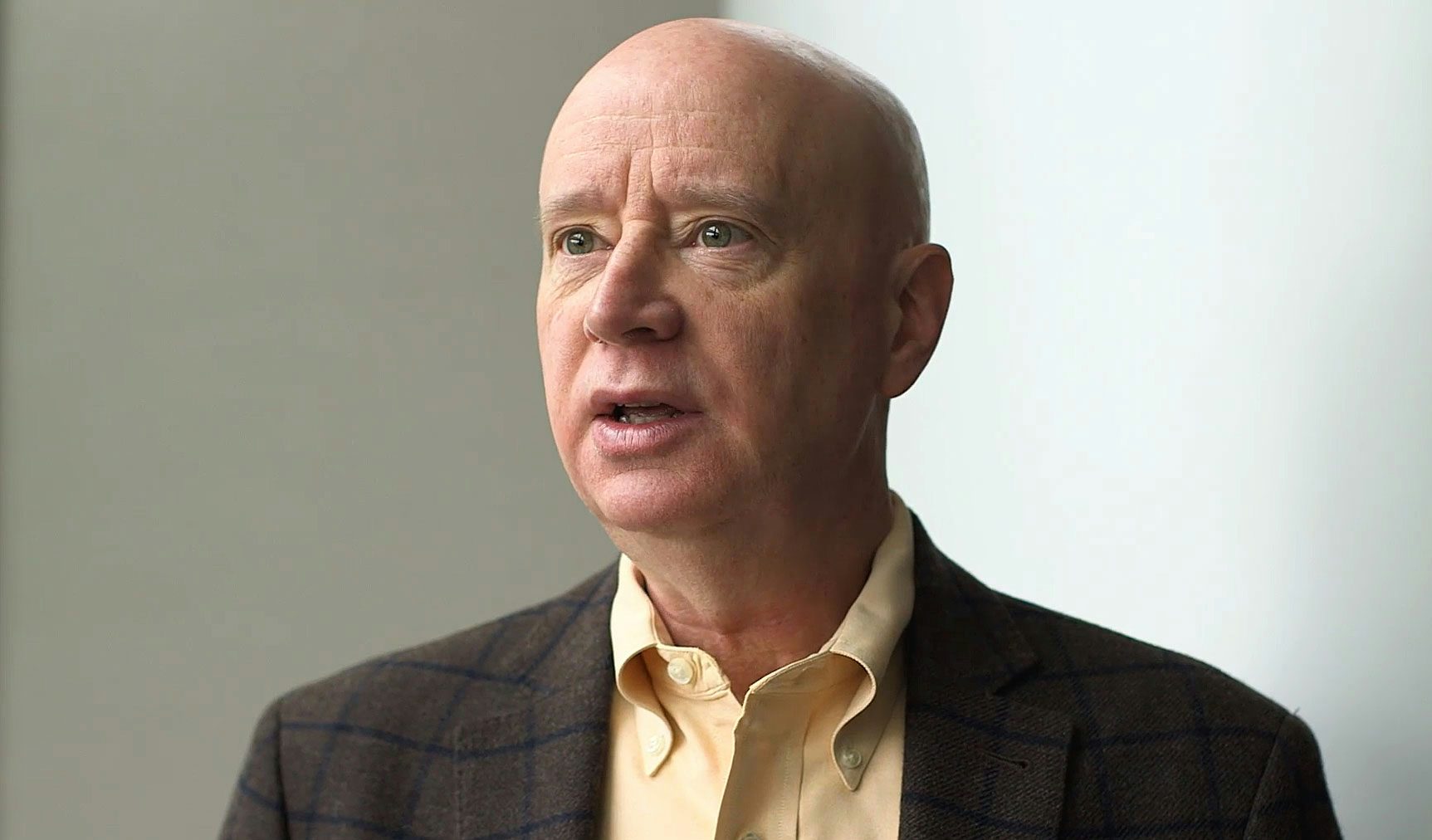
The “dark side,” McNichol said, to the FDA-approval process is that “it’s expensive and it’s slow and while it’s going slowly, people are doing without.” It typically costs tens of millions of dollars to get a drug through the FDA-approval process. But many doctors won’t recommend something until it’s been vetted in this way and, in turn, many patients who will only take advice from a physician won’t try cannabis.
An upside is that rather than just wait for cannabis reform, the experts said, patients can help the process along. They can keep track of their experiences using cannabis to help other patients; participate in clinical trials; and, perhaps most importantly, share their stories of success with doctors, elected officials, and even other cancer patients who are resistant to cannabis.
But admittedly, there’s a long way to go. After generations of anecdotal evidence, the conversation is only getting started now.
“The thing I care about most in regards to cannabis is making it easy for people to figure out what they should be taking,” says Boyer-Dry. “Let’s have the research so that there really is true medical grade cannabis and clinically proven outcomes for people.”
If medical cannabis has helped you in your battle with cancer or someone you know, become a part of the movement and share your story under #HerbHeals.
Herb Recommended Products:
READ MORE
